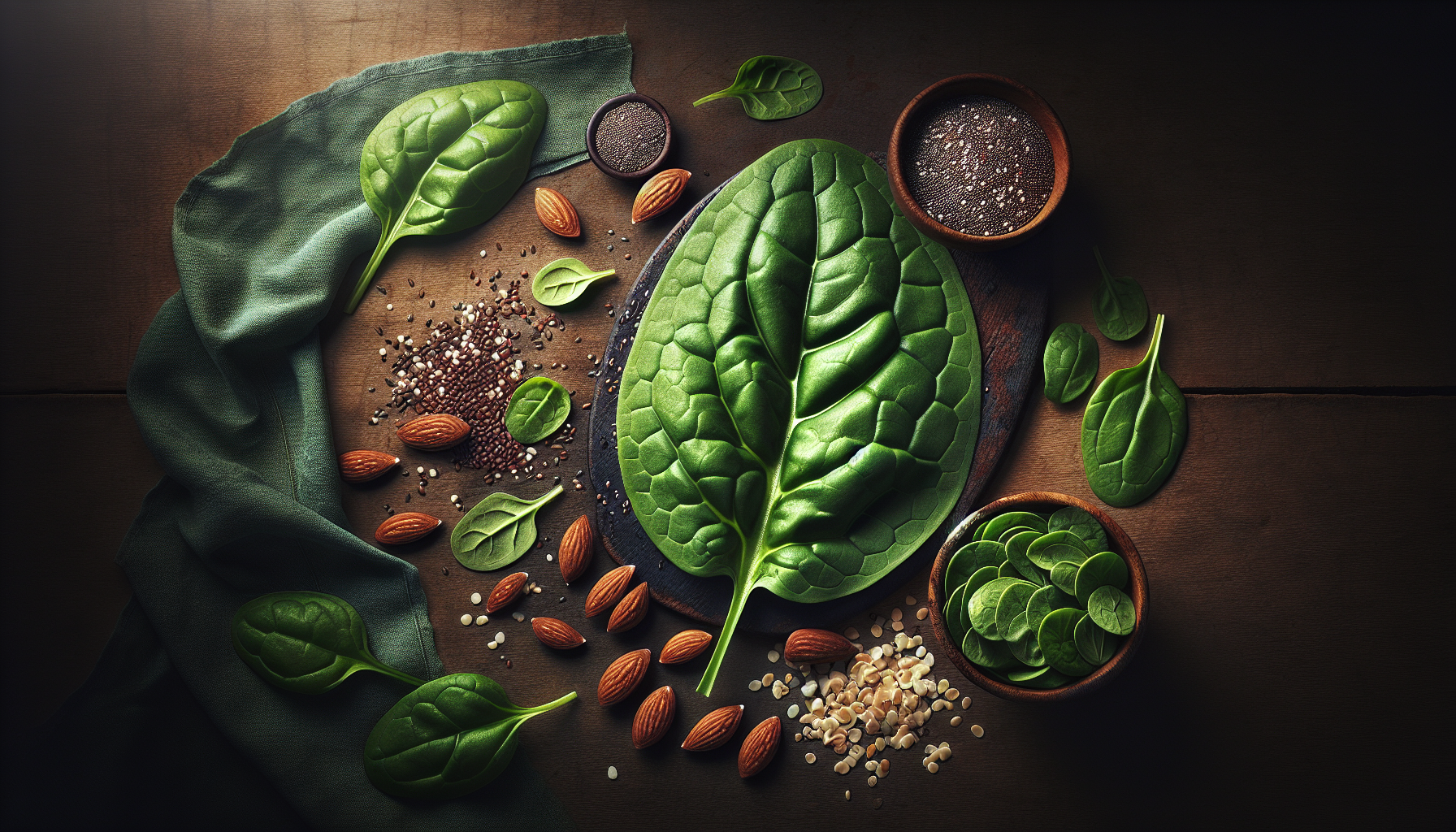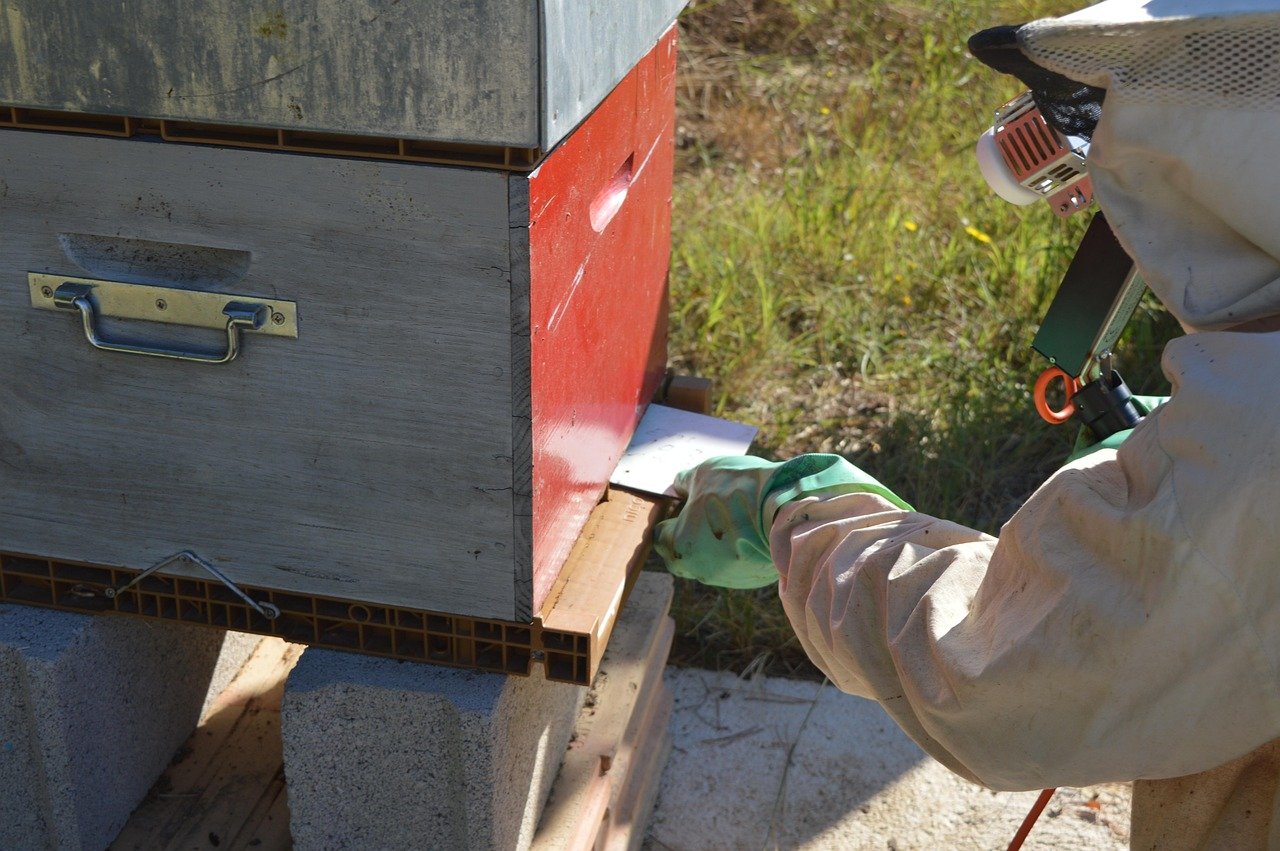Have you ever thought about what you’re really consuming in your diet? For many people opting for gluten-free or grain-free lifestyles, the focus often lands squarely on avoiding gluten and grains. However, there’s another player in the nutritional game that deserves your attention: oxalates. Let’s unravel this topic together and understand how oxalates fit into your dietary choices.
What Are Oxalates?
Oxalates, or oxalic acid, are naturally occurring compounds found in various foods, as well as in certain plants. Your body can also produce oxalate as a byproduct of metabolism. While oxalates themselves aren’t inherently harmful, they can form oxalate crystals that may cause issues like kidney stones when present in high concentrations.
Why Do Oxalates Matter?
When you lead a gluten-free or grain-free lifestyle, you may be replacing wheat-based products with alternative foods that contain higher levels of oxalates. It’s crucial to understand their effects on your body, especially if you’re prone to kidney stones or have specific health concerns. By being informed, you can make decisions that support your overall well-being.
Sources of Oxalates in Your Diet
You might be surprised to learn that a range of foods can contribute to your overall oxalate intake. While gluten-free and grain-free diets open up a world of plant-based options, many of these are also high in oxalates.
High Oxalate Foods
Here’s a handy table that outlines some common high-oxalate foods:
| Food Item | Oxalate Content (mg per 100g) |
|---|---|
| Spinach | 970 |
| Rhubarb | 860 |
| Almonds | 470 |
| Beets | 300 |
| Swiss Chard | 600 |
| Kale | 200 |
| Sweet Potatoes | 100 |
| Potatoes (white) | 50 |
As you can see, some staples that are often perceived as healthy may actually be high in oxalates. This is a vital consideration if you’re incorporating these foods into your diet without a full understanding of the implications.

The Role of Oxalates in Calcium Absorption
One interesting aspect of oxalates is their ability to bind with calcium in your body. When oxalates bind with calcium, they form insoluble calcium oxalate crystals. This means less calcium is available for your body to absorb. If you’re already mindful of your calcium intake due to dietary restrictions, such as avoiding dairy, this can create an added challenge.
Balanced Intake: A Key to Health
It’s not all doom and gloom, though. Oxalates can play a role in a healthy diet when managed wisely. If you consume a variety of foods and focus on balancing high-oxalate items with those lower in oxalates, you can often mitigate some of the potential downsides associated with high oxalate consumption.
Low Oxalate Alternatives
If you’re looking for options that won’t bust your oxalate budget, you’ve got plenty of lower-oxalate foods to choose from. Here’s a table that can guide you in selecting choices that are easier on your system:
| Food Item | Oxalate Content (mg per 100g) |
|---|---|
| Apples | 5 |
| Blueberries | 1 |
| Carrots | 5 |
| Cauliflower | 3 |
| Rice (white) | 0 |
| Beef | 0 |
| Chicken | 0 |
Incorporating these lower-oxalate alternatives into your meals can help you maintain a balanced diet while keeping oxalate levels manageable.

Making Sense of Gluten-Free and Grain-Free Diets
If you have chosen to follow a gluten-free or grain-free diet, it’s essential to understand how these choices can impact your oxalate intake. Many gluten-free and grain-free products use nuts, seeds, and alternative flours—many of which are high in oxalates.
The Hidden Oxalates in Substitutes
When you reach for a gluten-free or grain-free snack, consider that some of the most popular alternatives are oxalate-rich. For example:
- Almond flour: A common substitute in baking can have a high oxalate concentration.
- Coconut products: While coconut flour is a favored option, it can also be on the higher side in terms of oxalates.
Reading labels and being conscious of ingredient lists can go a long way in avoiding unanticipated oxalate spikes in your diet.
Personalizing Your Dietary Choices
Your unique physiology plays a significant role in how oxalates affect you. If you’ve experienced issues like kidney stones, your healthcare provider may recommend monitoring your oxalate intake more closely. However, even if you feel fine, it’s worth considering how your food choices will impact your ongoing health.
The Importance of Listening to Your Body
Pay attention to how your body reacts to different foods, especially if you have an increased intake of high-oxalate items. Symptoms of oxalate-related troubles can include problems like digestive distress or discomfort. Keeping a food diary might help you notice patterns that you weren’t consciously aware of.

Nutritional Balance: Avoiding Over-Reliance on High-Oxalate Foods
There’s no one-size-fits-all approach, but moderation and variety should be your guiding principles. If you rely heavily on high-oxalate foods to fill your plate, consider how that might affect your overall intake of necessary nutrients.
Building Nutritional Awareness
Having a diverse diet ensures that you’re not tipping the scales too far in any one direction. Balancing brown rice with protein and vegetables can create a meal that satisfies your nutritional needs and doesn’t overemphasize oxalates.
Health Conditions Linked with High Oxalate Intake
High oxalate levels can pose risks for certain individuals. If you have conditions like kidney stones or oxalate sensitivity, it’s particularly important to manage your intake more strictly.
Kidney Stones
One of the most common health concerns associated with high oxalate intake is kidney stones. Calcium oxalate stones are the most prevalent type, and they can trigger severe pain and discomfort. If you’ve had kidney stones in the past, consider discussing your diet with a healthcare professional to establish a plan that keeps your oxalate levels in check.

The Oxalate Debate: Is It Really That Bad?
The conversation around oxalates often evokes a varied range of opinions. For some, the potential risks of high oxalate intake are enough to discourage certain food choices entirely. For others, the health benefits of high-oxalate foods, such as spinach and almonds, often outweigh the risks.
Finding Your Balance
Ultimately, the approach you take toward oxalates should align with your individual health goals and dietary preferences. Being informed allows you to navigate this debate with a knowledge-driven perspective.
Tips for Managing Oxalate Consumption
If you’re wondering how to manage oxalate intake in a gluten-free or grain-free lifestyle, here are a few practical tips to consider:
-
Incorporate Variety: Rotate your food choices to ensure you’re not over-relying on any single source that might be high in oxalates.
-
Hydration Matters: Staying well-hydrated dilutes the concentration of oxalates in your urine, potentially reducing the risk of stone formation.
-
Cooking Methods: Some cooking methods can lower oxalate levels in foods. For instance, boiling spinach can cause oxalate levels to leach into the water.
-
Pair Foods Wisely: Combining high-oxalate foods with calcium-rich ones during meals can help bind some of the oxalates, making them less bioavailable.
-
Consult Professionals: A registered dietitian can offer personalized guidance tailored to your unique health profile and nutritional needs.

The Bigger Picture: Understanding Nutrition Holistically
As you navigate the layers of gluten-free and grain-free eating in relation to oxalates, it’s essential to consider the broader picture of your nutrition. Your dietary choices affect not only your immediate health but also your long-term wellbeing.
Remember the Bigger Dietary Picture
While oxalates are an important component to consider, remember they are just one piece of your overall dietary puzzle. Balancing your macronutrients, vitamins, and minerals will contribute significantly to your health.
Final Thoughts
Choosing a gluten-free or grain-free lifestyle can be freeing for your health, but it also comes with new responsibilities regarding what to eat and drink. Keep in mind that while oxalates are something to monitor, they don’t have to dictate your eating habits entirely.
By being proactive about your choices, educating yourself on oxalate content, and listening to your body, you can set yourself up for a thriving lifestyle. It’s all about striking that balance that works for you, acknowledging both the benefits and considerations of your dietary choices.
As you move forward, remain open to learning and adjusting. Your journey through nutrition is just that: a journey. Let’s approach it with curiosity, knowledge, and a sense of community.

